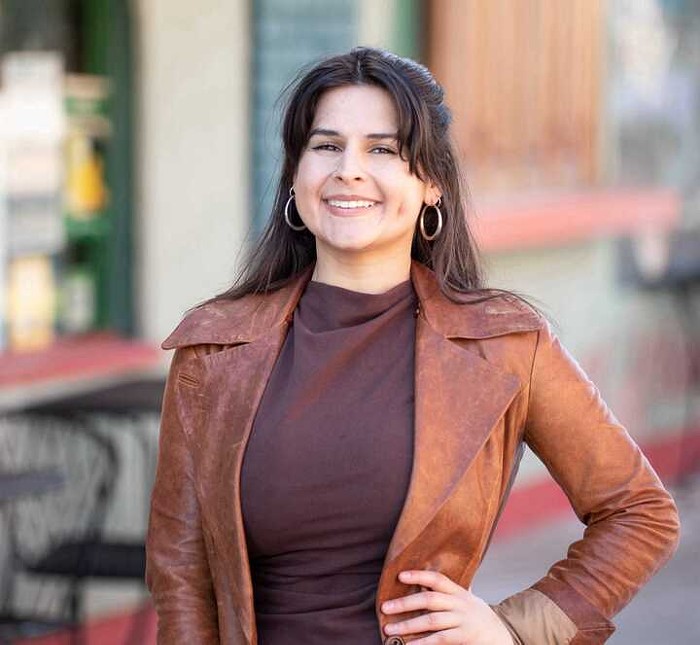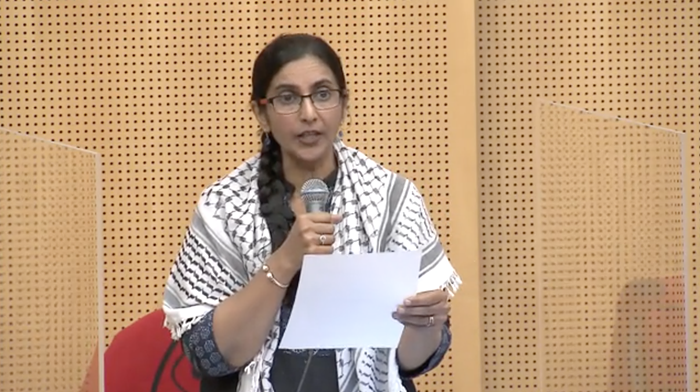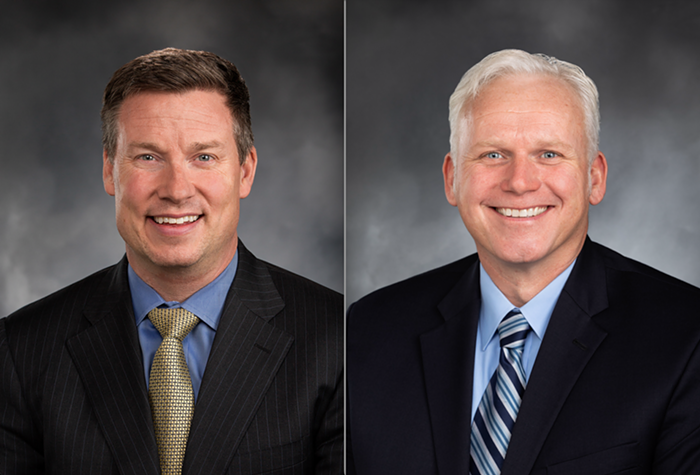After the Sierra Club finished helping kill the roads and transit measure last fall, they immediately met with Sound Transit staff to kiss and make up. Sierra Club local chapter chair Mike O'Brien assured Sound Transit that if the agency came back with a light-rail-only measure in 2008 (a year that promised to be big for progressives and Democrats), they'd be right there to support it.
But now that the Seattle contingent of the 18-member Sound Transit board has lined up a majority of board members in the "yes" column ["Sound Move," Erica C. Barnett, March 6], the Sierra Club has yet to endorse the plan.
"It's confounding," says light-rail proponent Larry Phillips, a member of the King County Council and the Sound Transit board. "The Sierra Club was very clear; they wanted a rail-only plan in '08. Well, they should be demanding that we bring it forward to the voters. Wouldn't that be consistent with their mission?"
Phillips's fellow Sound Transit board member and King County Council member Dow Constantine is equally frustrated: "They said we should come back next year with a transit-only initiative. Well, here we are making good on that."
The plan the board is considering is a $6 billion dollar expansion taking light rail from Husky Stadium to Northgate and from Seattle across I-90, then tacking north to the Overlake neighborhood just south of Redmond. Current plans also contemplate thousands of new parking spots with several major new park-and-ride centers.
After five group and one-on-one meetings between Sound Transit staff and the Sierra Club, including another meeting last week, the Sierra Club is still not on board.
"We're torn," says O'Brien. "The assumption is the more light rail you build, the more greenhouse-gas reduction you see. Well, we want to see a greenhouse-gas analysis for this plan. In some communities that have built light rail, where there are massive park-and-ride lots, that enables sprawl. If in the next three weeks we start seeing all these investments in parking spots, we're going to have to be critical."
Sound Transit has until March 29 to approve a 2008 plan that will go before voters in King, Snohomish, and Pierce counties. Board members know that if they lose in '08, that'll be two losses in a row. Sound Transit cannot afford another defeat. And without the Sierra Club on board, there's a chance light rail might falter at the polls.
Demanding a transit-only initiative, the Sierra Club came out against last year's $17 billion measure because, in addition to the 50 new miles of light rail, the plan came with 182 new miles of roads, which, the Club argued, negated the benefits of rapid-mass-transit expansion.
It's not clear that the Sierra Club's opposition is what doomed last year's measure, which lost 56–44. There were other hang-ups: The cost was insane; the roads projects were a jumble of unclear priorities; and roads-only conservatives hit hard from the right, compounding the Sierra Club's punches from the left.
But still, Sound Transit is nervous. Says Sound Transit spokesman Ric Ilgenfritz: "You want to have all your supporters behind you going into this."
While this year's proposal is transit-only, the orthodox environmentalists at the Sierra Club frown at the current proposal for two reasons. First, the plan calls for thousands of new parking spots. This caters to single-occupancy vehicles and could actually turn the transit system into an incubator for sprawl. "Let's not lock ourselves into building thousands of new parking stalls. Cars are not the future," says O'Brien.
The Sierra Club also wants the light-rail plan to connect Seattle with the Eastside via SR-520, instead of I-90. (The Sierra Club argues that a 520 route—going directly into Redmond—has higher ridership.)
Sound Transit's Ilgenfritz has rejoinders to both concerns. First, he says the money for the park-and-rides isn't only for parking spots; it's for shuttles, pedestrian routes, bike facilities, and bus access—all things that encourage riders to abandon their cars. Second, he says the I-90 plan costs about $2 billion to $3.5 billion less than a 520 option (going across I-90 to Overlake will cost about $2 billion)—and more important, a 520 configuration would have to come after a new 520 bridge, putting any 520 light-rail option on hold.
Constantine is committed to going forward now, and he doesn't think the Sierra Club's opposition will kill light rail in 2008. "I'm not sure that the Sierra Club [going] off on a crazy tangent constitutes a split in the environmental community." ![]()



















